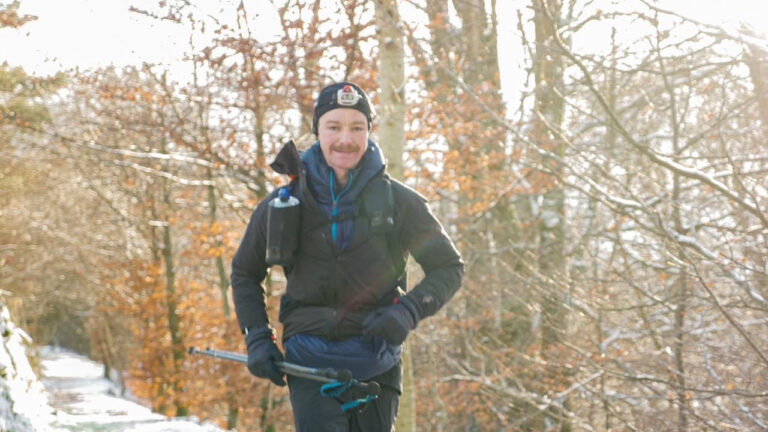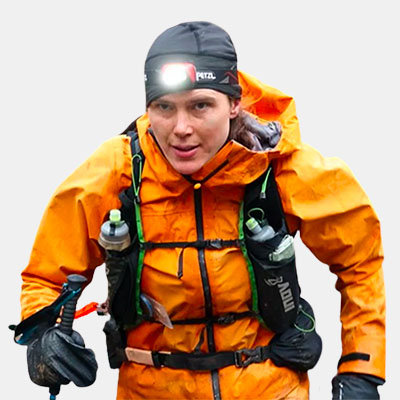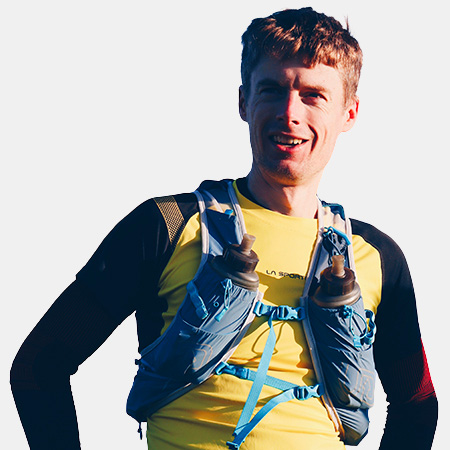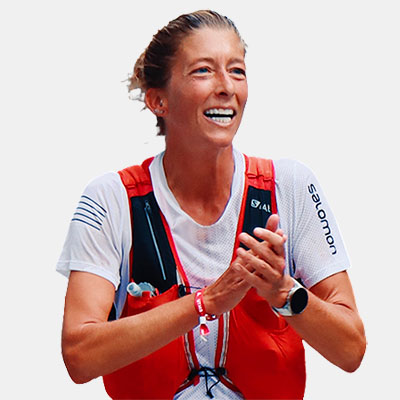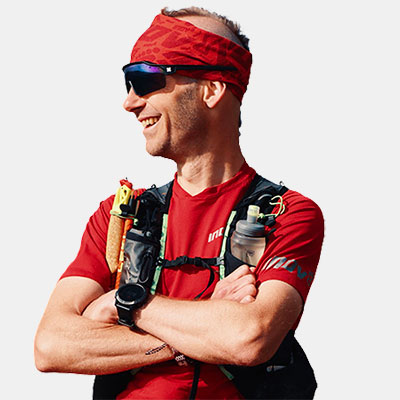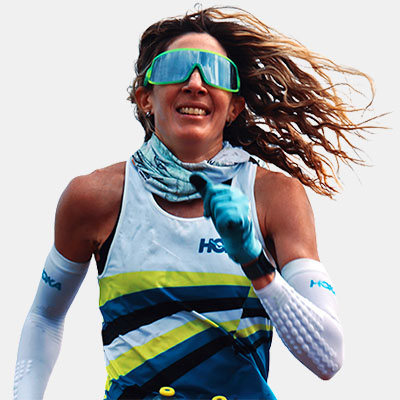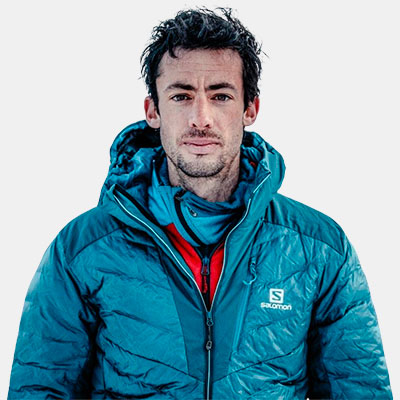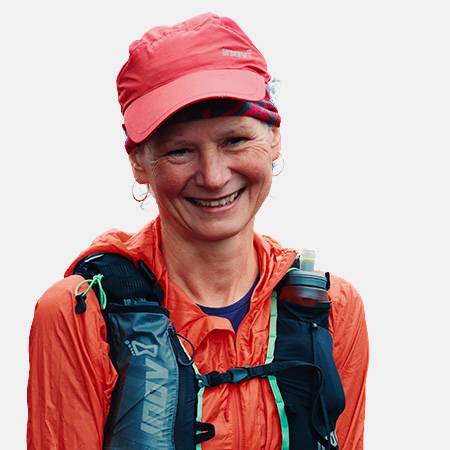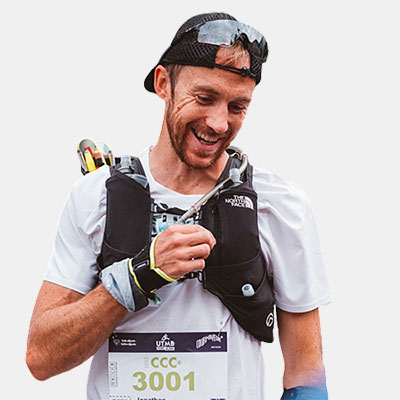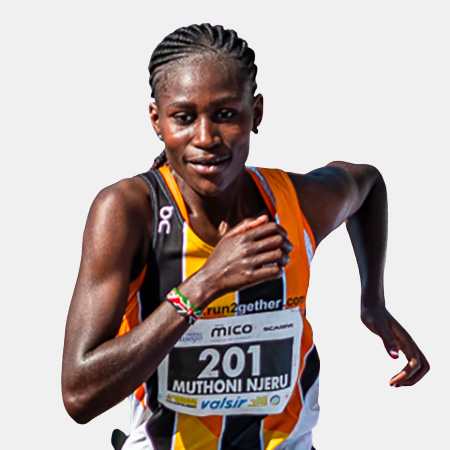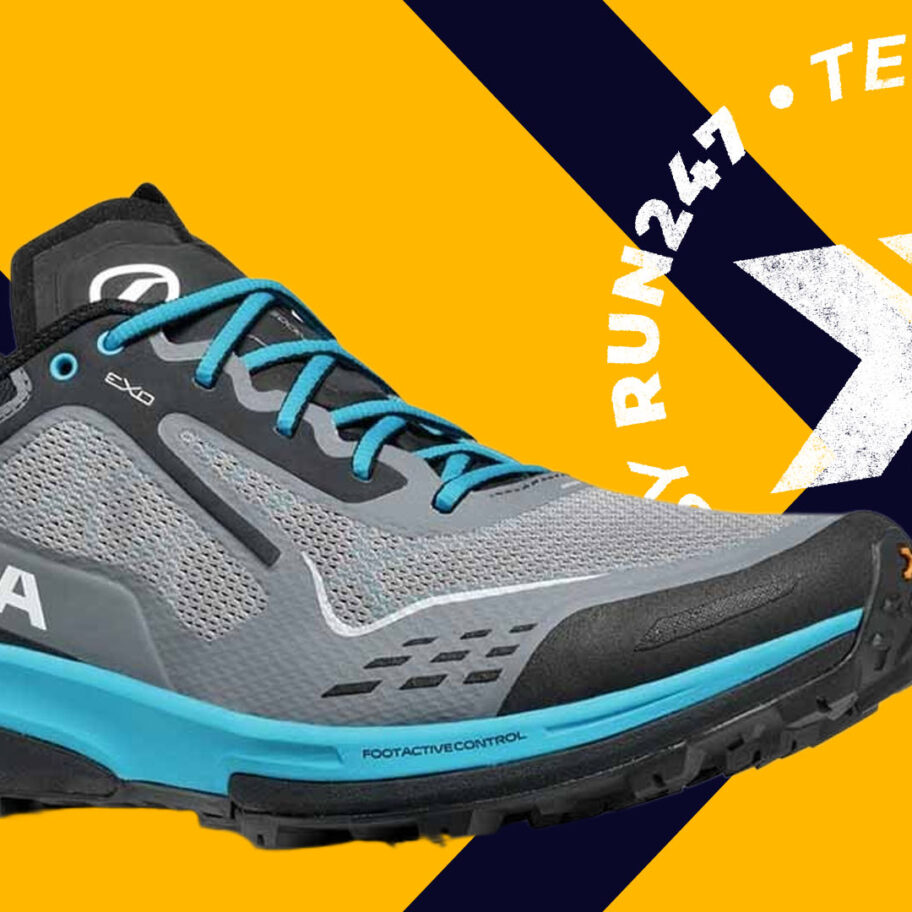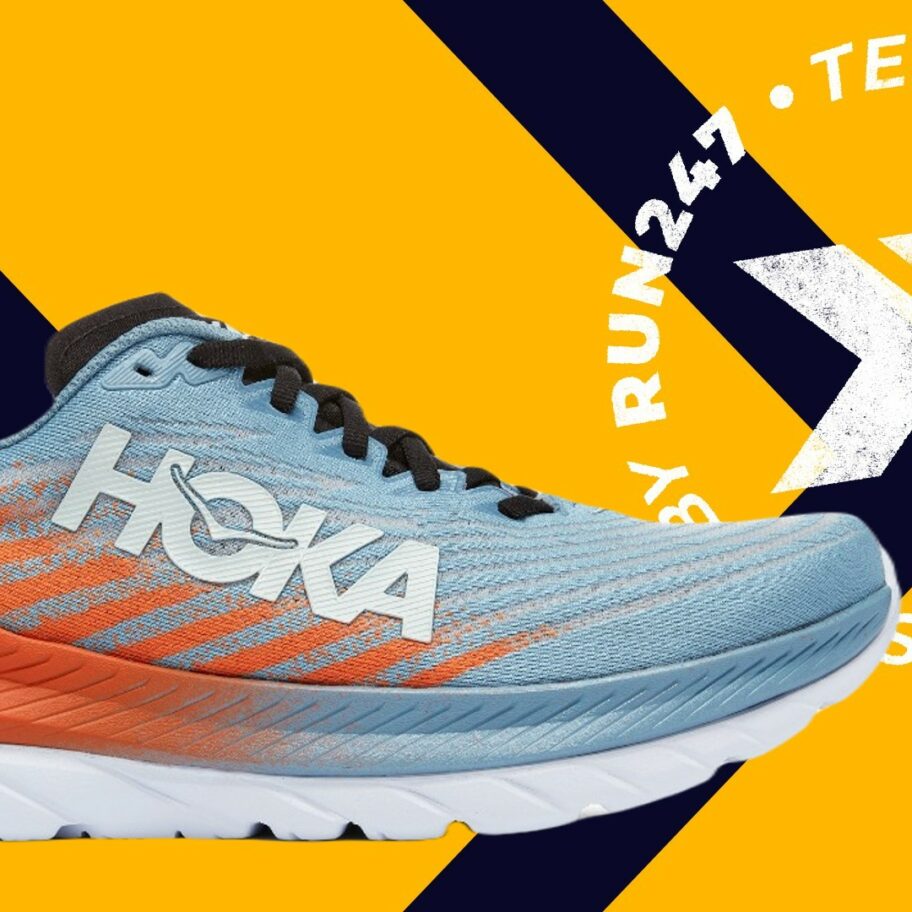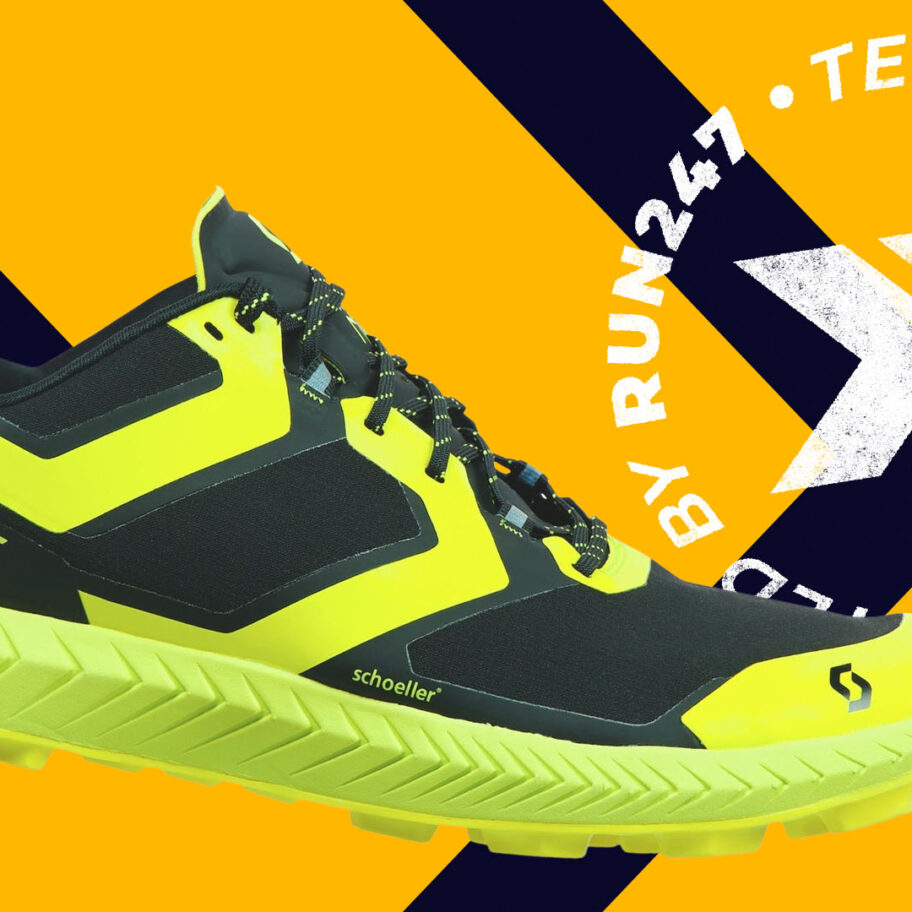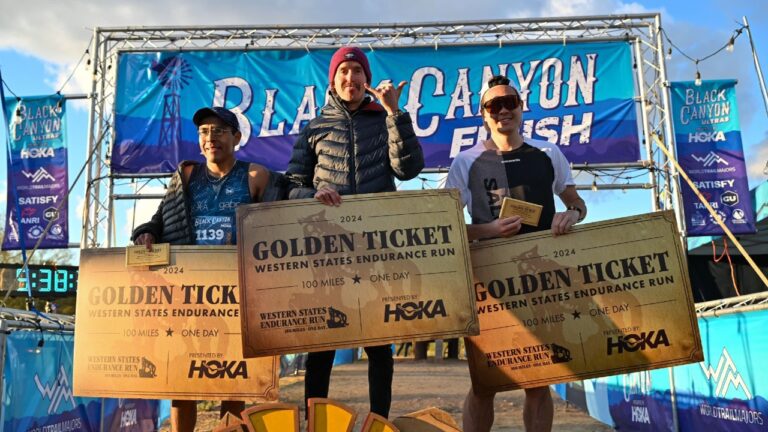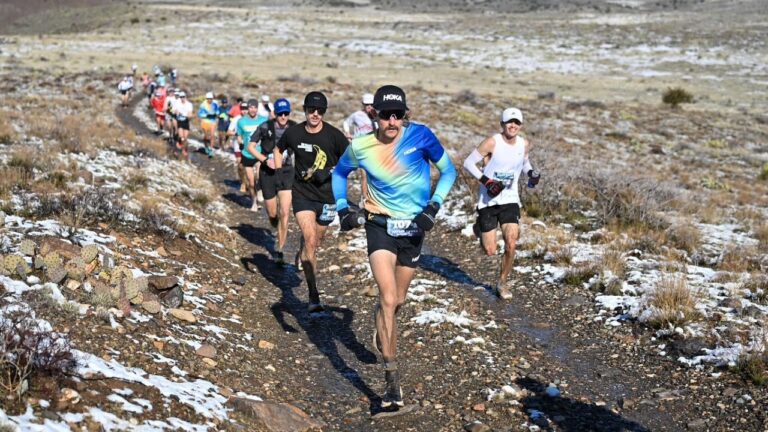trail running on your terms
Never miss out with our trail alerts & digest. Get a dose of adventure & inspiration with Boundless.
Race information for runners & fans
19-21 Apr 2024
Ultra Trail Mount Yun by UTMB
12-22 Apr 2024
Marathon Des Sables
26-27 Apr 2024
The Canyons Endurance Runs by UTMB
3-5 May 2024
Amazean Jungle Thailand by UTMB
10-12 May 2024
Ultra-Trail Snowdonia by UTMB
19-26 May 2024
Cape Wrath Ultra
9 Jun 2024
Comrades Marathon
16 Jun 2024
Summer Spine
22 Jun 2024
West Highland Way Race
21-23 Jun 2024
Broken Arrow Skyrace
RUNNERs
A selection of the top mountain, sky & trail runners
RUNNING SHoe Reviews
Independently tested reviews of the best trail running shoes...and the occasional road shoe
RUN247 - Global trail running news, events & advice
The global home of the off-road running news and participation advice. RUN247 provides news coverage from the iconic sky, mountain & trail running events from around the world and stories about amazing athletes that epitomise what is great about this sport. Additionally, we offer a range of off-road running tips and advice for runners of all ages and experience including running shoe and other gear reviews, training advice, nutrition & health recommendations and much more.




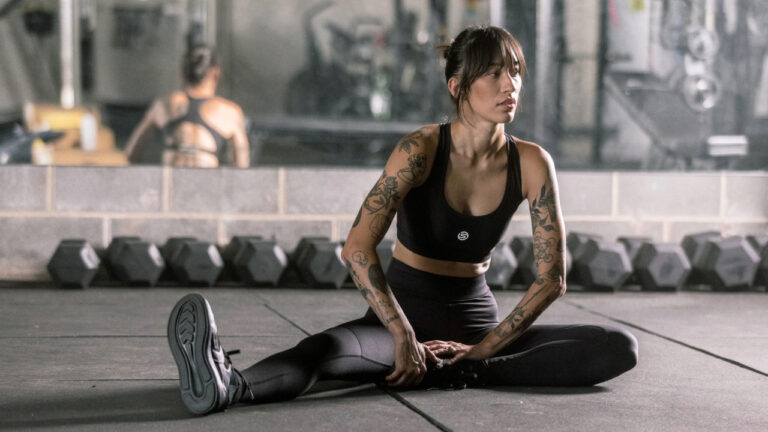

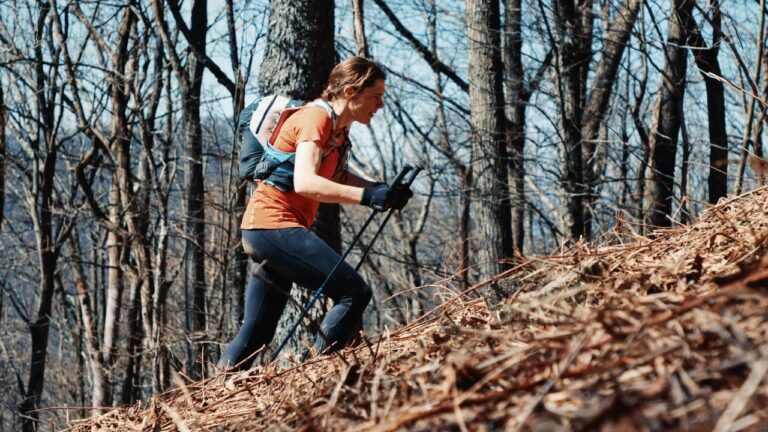






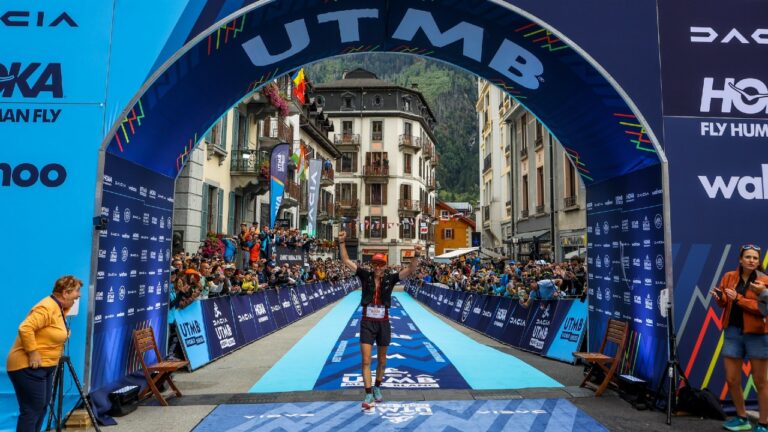
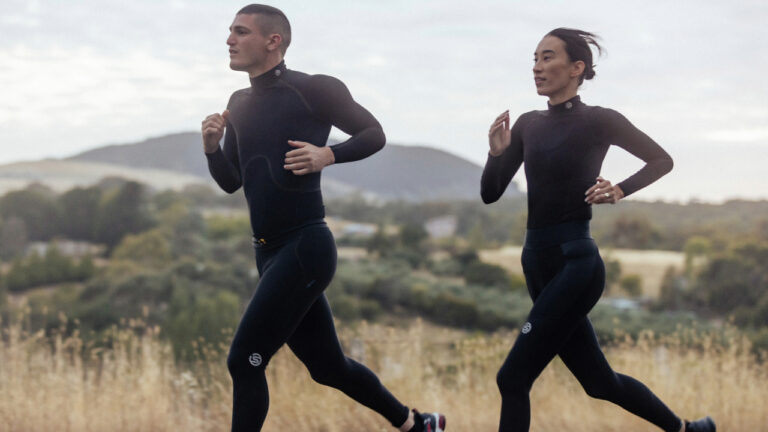
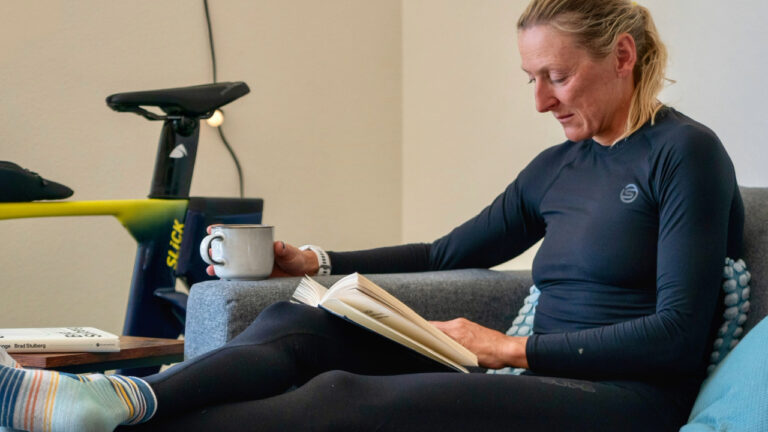
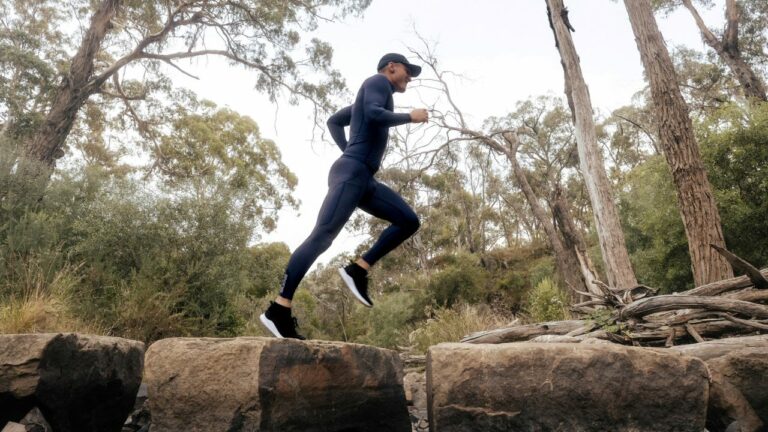

![Ultrarunner James Nobles [Photo credit: Team Montane]](https://run247.com/wp-content/uploads/2024/02/James-Nobles-1-768x432.jpg)
